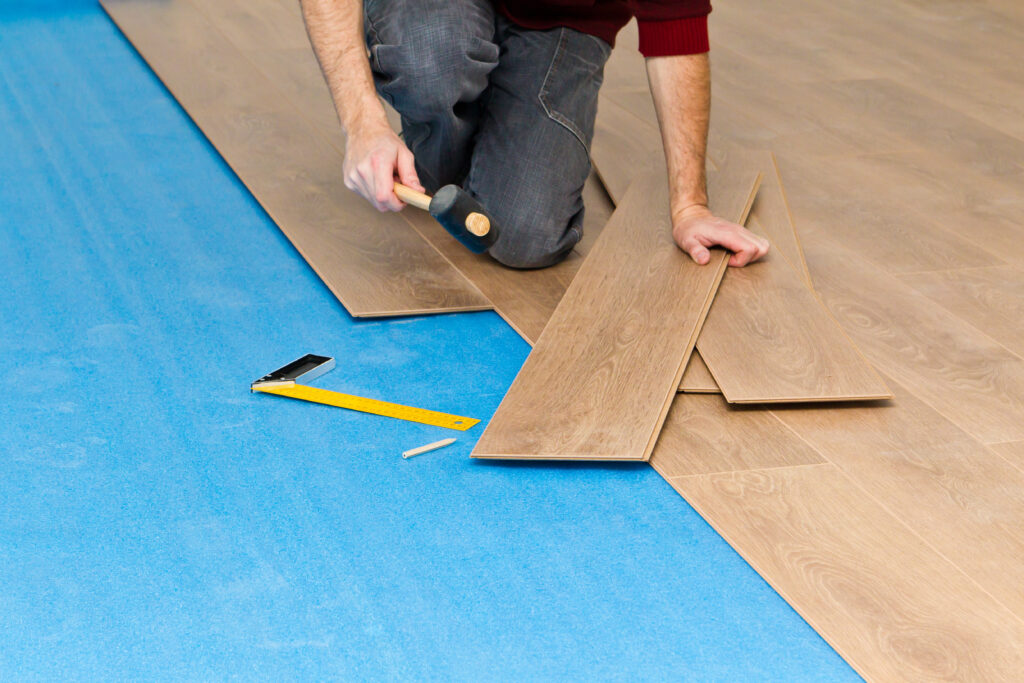Insulating a wooden floor is a great way to improve the energy efficiency and comfort of your home. A well-insulated floor can help reduce heating costs, prevent drafts, and create a more comfortable living space. Whether you’re renovating or simply looking to make your home more energy-efficient, here are some key tips for insulating your wooden floor.

1. Insulating from below
One of the most effective methods for insulating a wooden floor is by working from underneath. If you have access to a basement or crawl space beneath your floor, you can install insulation panels or mineral wool between the floor joists. This method is especially useful for older homes with wooden floors that tend to be drafty. Be sure to use moisture-resistant insulation to prevent any damage from rising dampness.
2. Insulating from above
If insulating from below isn’t an option, you can insulate from above by placing a layer of insulating underlay beneath your floorboards or parquet. This is particularly useful when installing a new wooden floor or replacing an old one. Insulating underlay materials such as cork, foam, or wool provide an extra barrier against heat loss and also help to reduce noise from foot traffic.
3. Filling gaps in floorboards
Over time, wooden floorboards can develop gaps, allowing cold air to seep through. Filling these gaps is a simple yet effective way to improve insulation. Use a flexible filler, such as acrylic sealant or wood filler, to seal any spaces between the boards. This not only helps to prevent heat loss but also makes the floor feel more solid and comfortable underfoot.
4. Use rugs or carpets
Adding rugs or carpets on top of your wooden floor can provide an extra layer of insulation, especially during colder months. Carpets help trap warmth and reduce drafts, making your living space feel cozier. This is a quick and low-cost solution for improving insulation without major renovations.
5. Installing floor heating systems
For homeowners looking for a more long-term solution, installing underfloor heating beneath your wooden floor can be a game-changer. Underfloor heating systems are compatible with many types of wood flooring and provide consistent warmth throughout the space. While it’s a more expensive option, underfloor heating increases comfort and can significantly reduce heating bills in the long run.
6. Ventilation and moisture control
When insulating a wooden floor, it’s crucial to consider ventilation and moisture control. Proper ventilation helps prevent moisture buildup, which can lead to rot or mold. Ensure that there is adequate airflow under your floor to avoid trapping moisture, especially if you are insulating from below.
Final thoughts
Insulating a wooden floor is an effective way to improve the energy efficiency and comfort of your home. Whether you choose to insulate from above or below, fill gaps, or invest in underfloor heating, taking steps to insulate your wooden floor can make a noticeable difference in reducing heat loss and enhancing overall comfort. With these tips, you can create a warm, energy-efficient space without compromising the natural beauty of your wooden floors.

 Open Immovlan
Open Immovlan